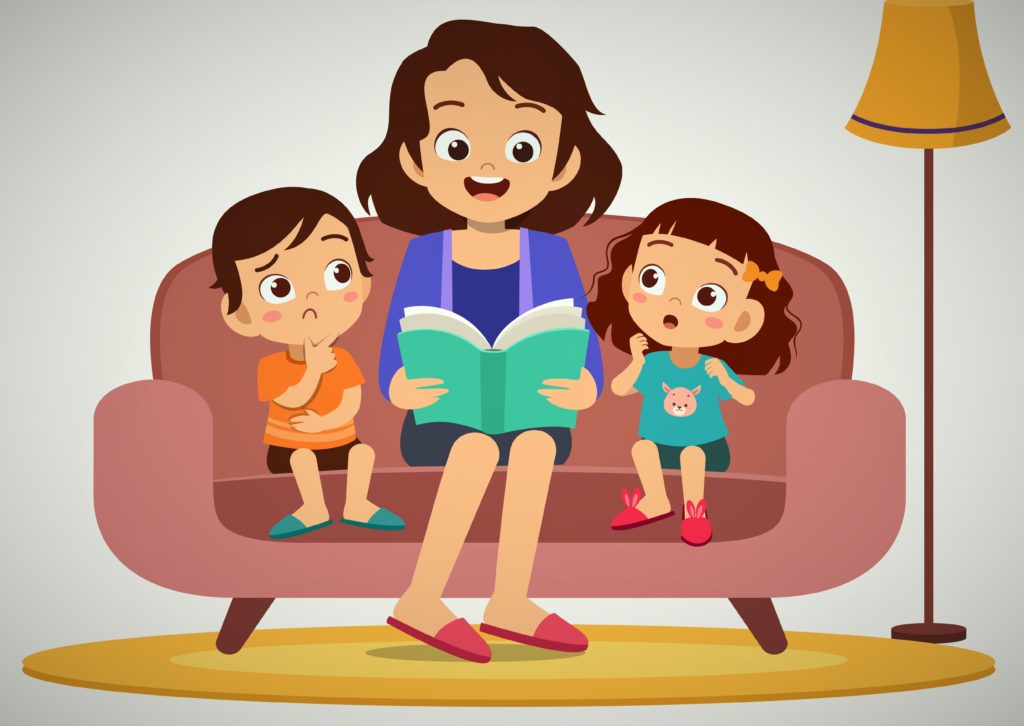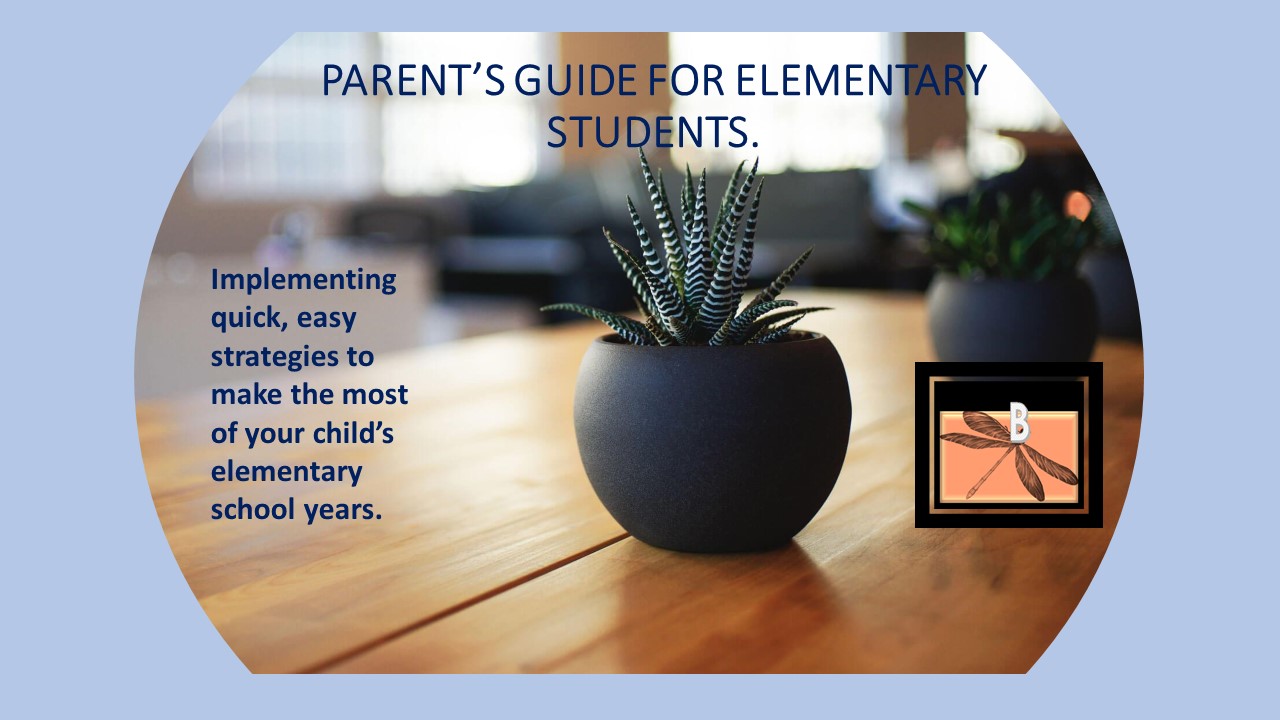The other day I was talking to my friend who was planning to take the GMAT to get into the master’s program. While talking to him and looking at his book, I could not help but notice that quite a few comprehension questions though called by different academic terms, were concepts that we start to introduce as early as elementary school.
Nowadays, the educational system focuses quite a bit on the modeling and teaching of comprehension strategies in the elementary setting.
It is not just about how fluently you read, but also how well you understand what is being read. The focus from kindergarten to second grade is learning how to read. From 3rd grade on wards, it is reading to understand the text. For this reason, comprehension strategies are introduced at a very early stage in the elementary setting.

The best way to acquaint and get the child to feel comfortable with this process at an early age is to introduce it at home when the parents sit with their child and read with or to them.
Here are a few simple steps you can integrate to make reading more meaningful. The idea is to have a natural flow of conversation about the book being read.
Predicting:
Look at the title and the picture on the cover page. Ask the child to make a prediction. Have a conversation such as, “From the title and the pictures what do you think the story could be about?”
During the reading ask the child what they think will happen next and why.
Making Connections:
Here you and the child would continuously try to find similarities between the story and their own experience. It could also involve making a connection between two books. When a child connects what is being read to something they experienced or can relate to, it makes the reading even more meaningful and understandable.
Asking Questions: These have to do with the who, what, why, where and how questions. Again the key is to be as natural as possible while reading. Keep it light, and make it fun.
Think Aloud: This involves voicing your thought process while you are reading. For example, “I wonder why…”
Making Inferences: Try to understand what the character might be feeling at a given point. Also, try to figure out what might be going on, even though the story might not say so.
End of the book: Talk about the part you liked or did not like in the book. Always give a reason for the opinion.
There are quite a few strategies that could be easily incorporated during this natural discussion. Your child will enjoy the quality discussion, and it takes reading to another level. Understanding and comprehending come naturally to adults, but for a child, they have to be modeled at first. Using these simple strategies would not only enhance your reading time together, but also set the stage for an active, fluent reader in the later years.
